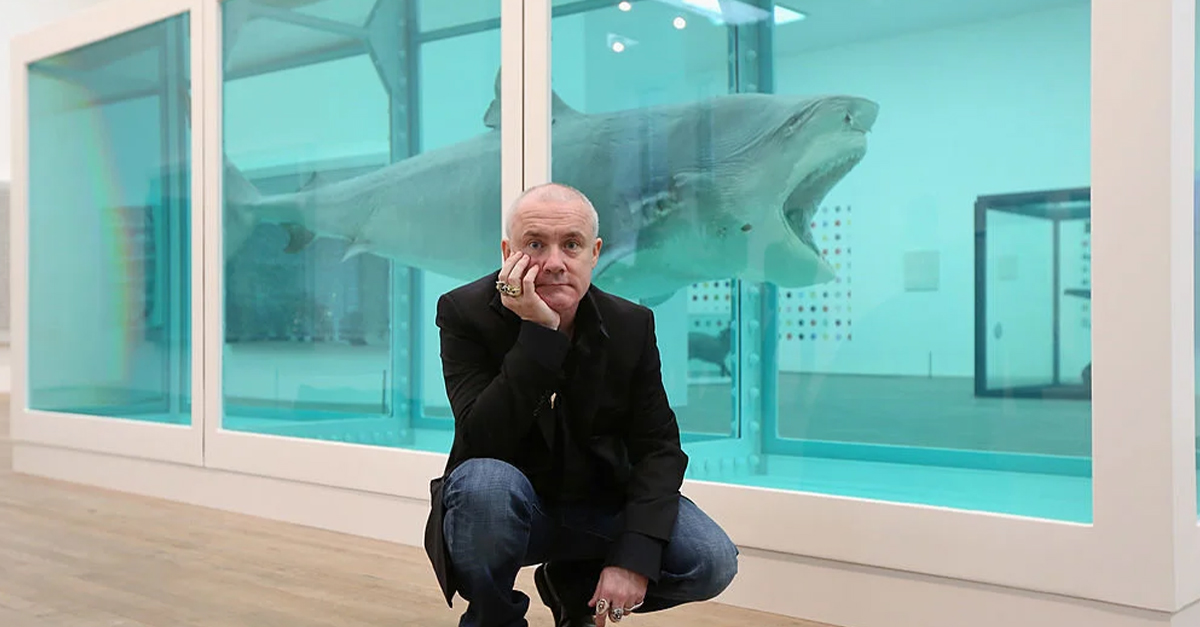Medical debt is often viewed as a problem of the poor or uninsured. But this obscures a broader truth: middle-class, insured, and even well-employed Americans are increasingly shouldering large medical debts. Rising healthcare costs, insurance loopholes, and surprise billing practices make medical debt a mainstream issue across all incomes and zip codes.
Middle-Class Households Are Feeling The Squeeze
More than half of American adults have reported taking on medical debt in the last five years. Many of them aren’t low-income families, but teachers, engineers, or small business owners with health coverage. A routine hospital visit, emergency procedure, or even an out-of-network lab test can easily turn into a five-figure liability. For many, a single accident can turn into a long-term financial nightmare.
Insurance Doesn’t Guarantee Protection
Many Americans mistakenly assume having insurance means they’re shielded from catastrophic medical bills. Unfortunately, high deductibles, co-pays, and gaps in coverage often leave patients footing large portions of the bill. A growing number of plans come with deductibles exceeding $5,000 per year, making “coverage” feel like a misnomer for anyone who falls seriously ill or suffers an injury.
The Role Of Surprise Billing And Out-Of-Network Charges
Even careful planners with comprehensive insurance can get blindsided by surprise medical bills. A common scenario: someone goes to an in-network hospital for surgery, only to receive a bill later because the anesthesiologist or radiologist was out-of-network. These out-of-network specialists, contracted by hospitals, can charge exorbitant fees without the patient’s knowledge or consent, leaving consumers with little legal recourse.
Debt Collectors And Credit Scores Take A Toll
Once unpaid medical bills are handed to collections, the consequences escalate. Collection accounts can damage credit scores, making it harder to qualify for mortgages, car loans, or even rental applications. Although recent changes from credit bureaus have removed some medical debts under $500, larger debts are still a looming threat to financial stability for millions.
 Summit Art Creations, Shutterstock
Summit Art Creations, Shutterstock
Mental And Emotional Stress Amplifies The Impact
Medical debt harms wallets, and it harms mental health. Studies show that individuals facing large healthcare bills experience higher levels of anxiety, depression, and chronic stress. The irony is painful: debt incurred to improve health often undermines emotional and physical well-being. The stigma of debt can make it worse, discouraging them from seeking help.
Medical Bankruptcy Isn’t Just Rare—It’s Misunderstood
A common myth is that bankruptcy caused by medical bills is rare. While the exact numbers are debated, a landmark study from Harvard estimated that medical expenses contribute to over 60% of personal bankruptcies in the U.S. Many of these cases involve families who started out financially stable before a health crisis knocked their lives off course.
Deferred Care Leads To Bigger Bills Later
Faced with unmanageable costs, many Americans delay or skip care entirely. They avoid follow-up appointments, don’t refill prescriptions, or put off surgeries. This is dangerous, but also financially shortsighted. Untreated conditions often worsen, leading to emergency treatment that are far more expensive than preventive care would have been. Medical debt thus fuels a vicious cycle of neglect and crisis.
Solutions Must Address Systemic Failures
To fix the crisis, piecemeal reforms aren’t enough. Transparent pricing, limits on surprise billing, and caps on out-of-pocket expenses are crucial steps. Nonprofit hospitals should be accountable for aggressive debt collection practices, especially when they get tax breaks. Broad reforms, like expanded Medicaid access or public options, can provide a stronger foundation.
What You Can Do Right Now
If you have medical debt, you’re not alone. Here are some steps you can take. First, always request an itemized bill and check for errors, which are surprisingly common. Don’t be afraid to negotiate directly with hospitals or ask about financial assistance. Some states also offer legal protections against aggressive collections or wage garnishment related to medical debt.
A Nationwide Issue That Demands Urgency
Medical debt in America isn’t just a poor person’s problem, but a symptom of a health system with deep structural issues. Until meaningful reforms come in, millions of middle-class families are one illness away from financial ruin. Recognizing this is the first step toward demanding better protections, more transparent policies, and a more humane healthcare system.
You May Also Like:
Ultimate Strategies To Take Control And Crush $50K Of Debt
Money Mistakes That Could Drain Your Retirement Savings
The Biggest Money Mistakes People Are Making, As Told By Successful Savers









